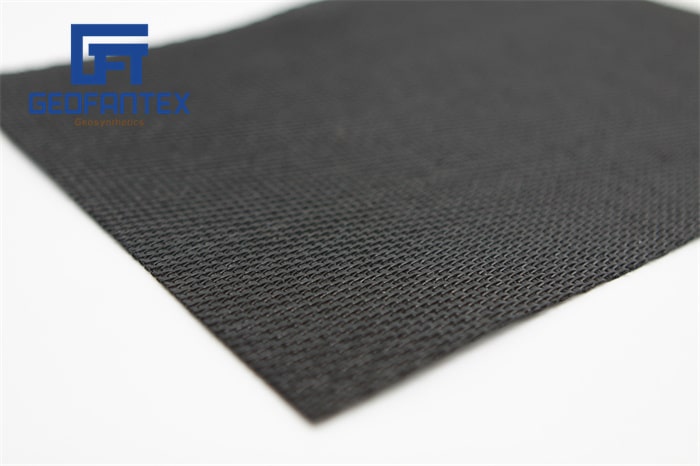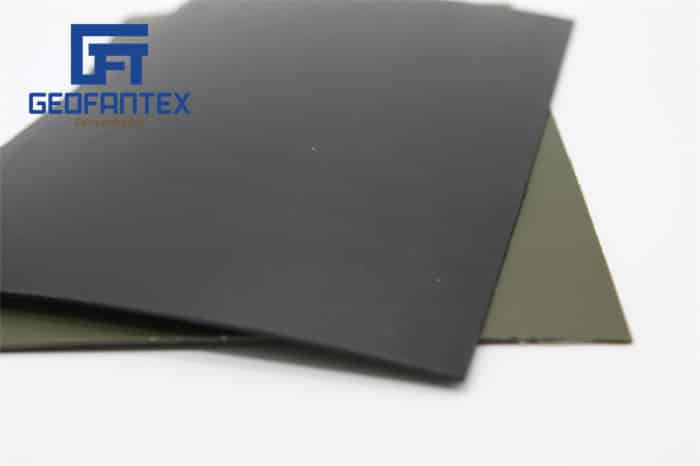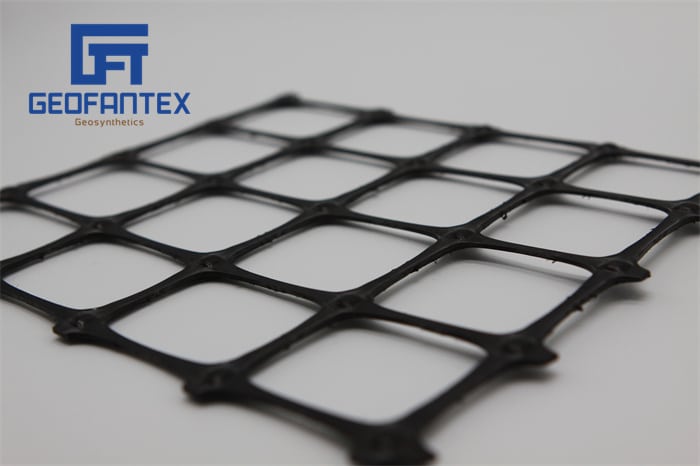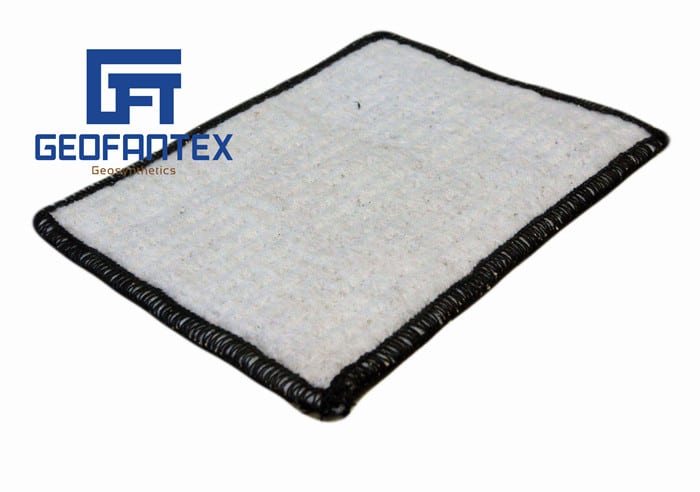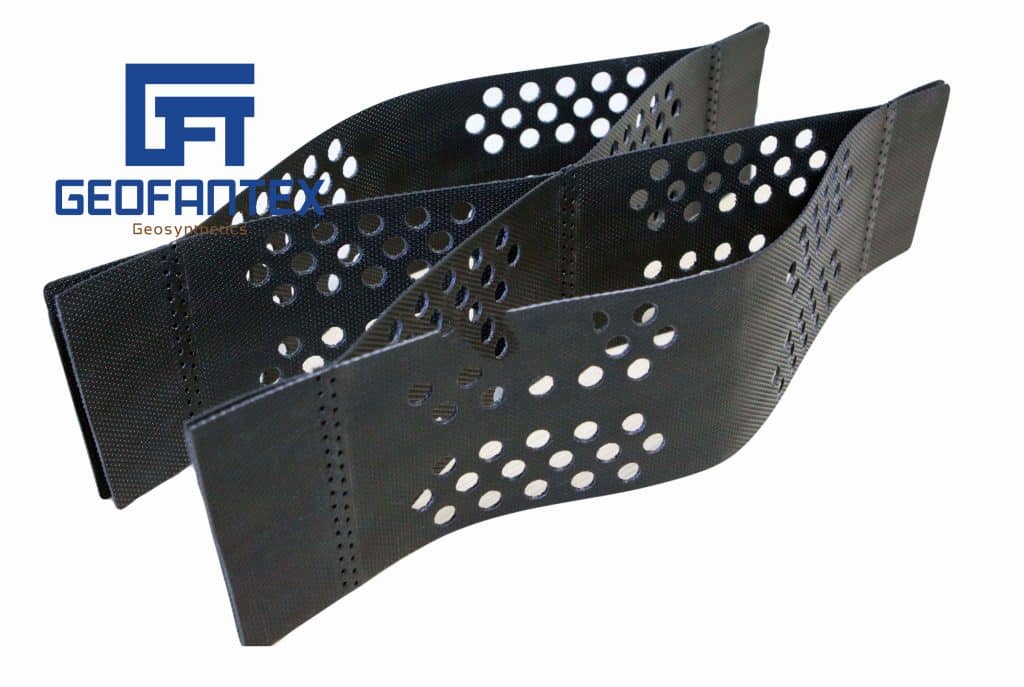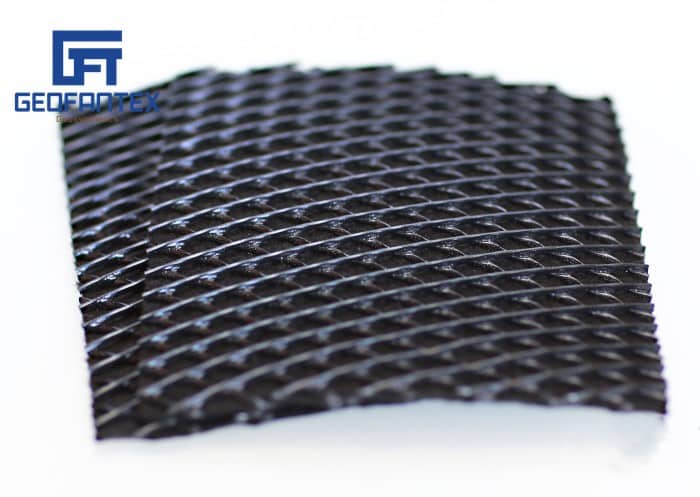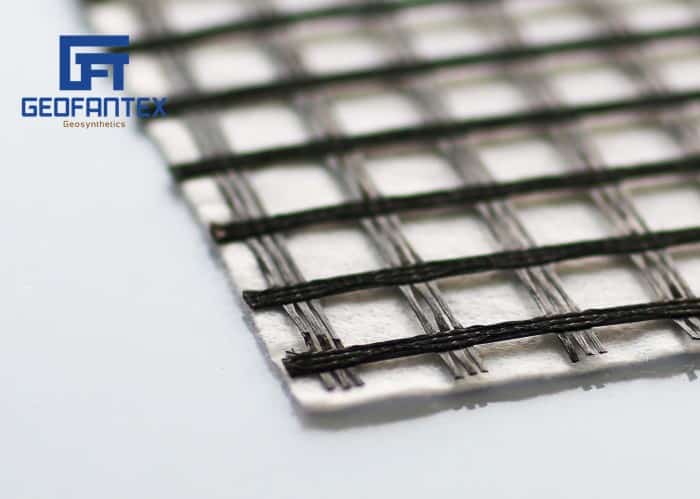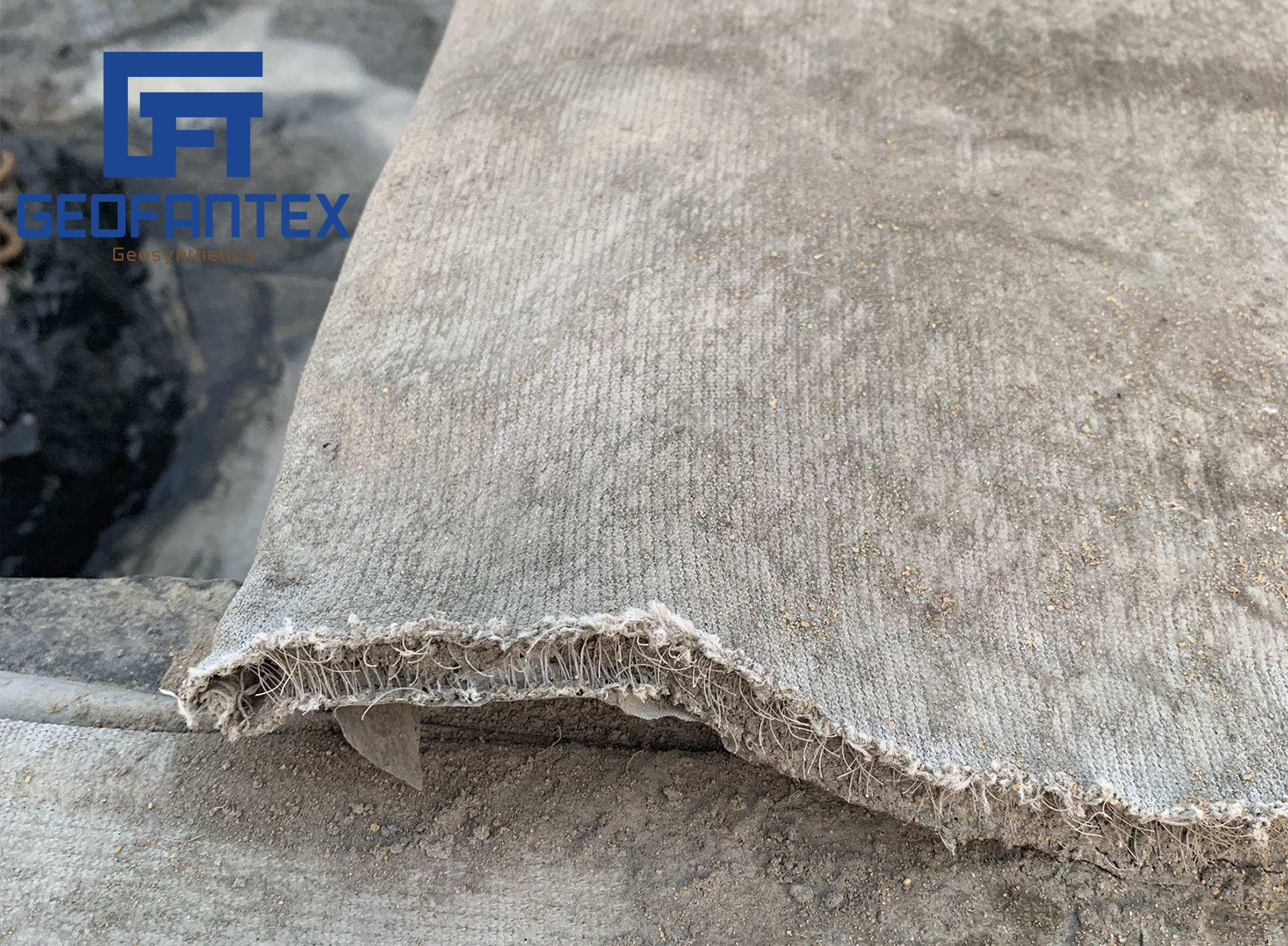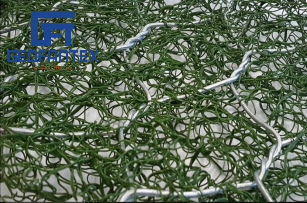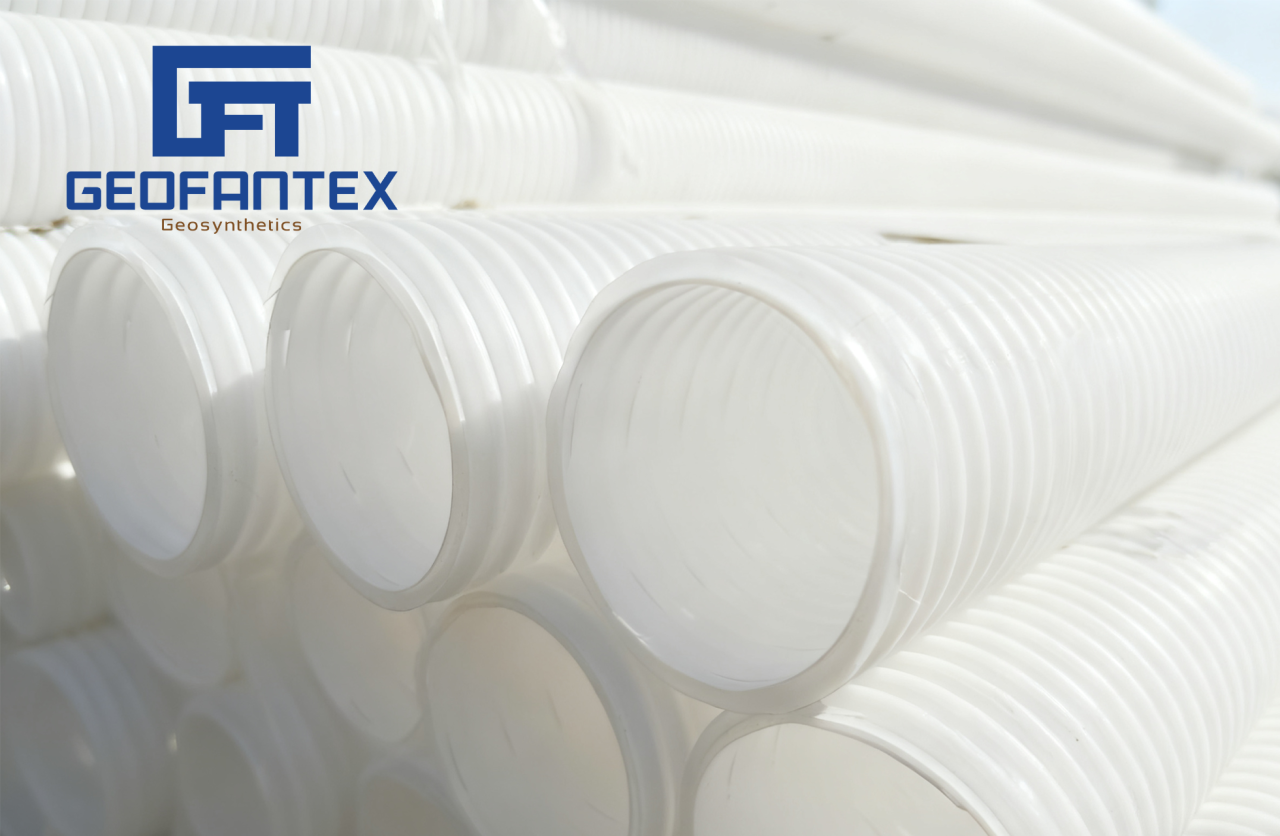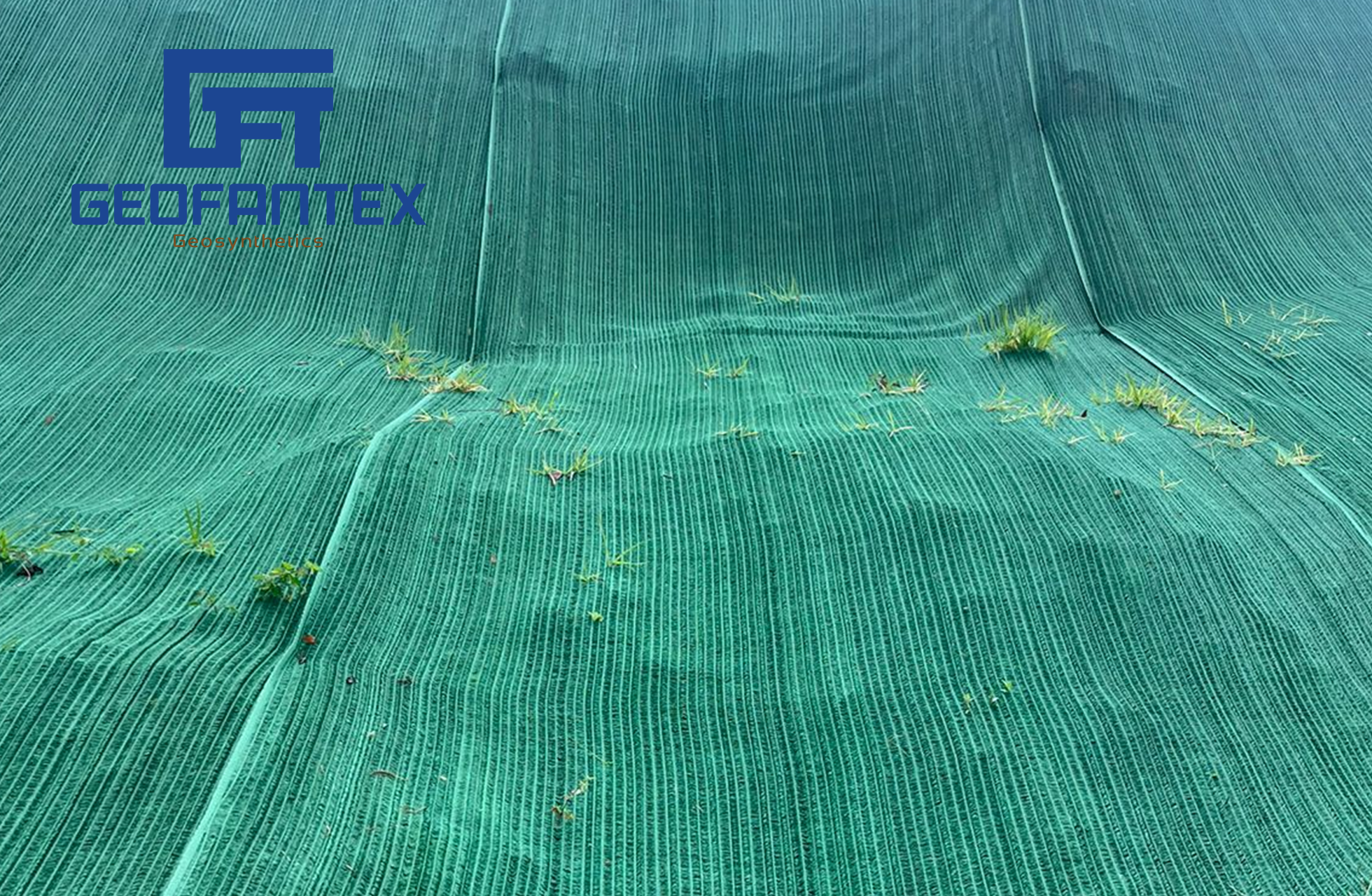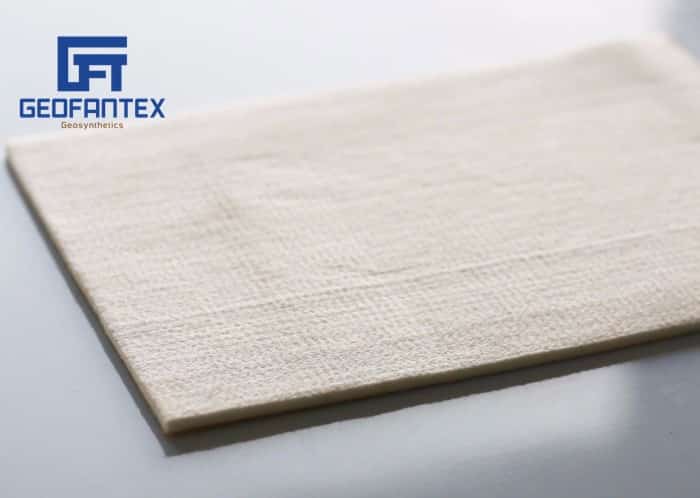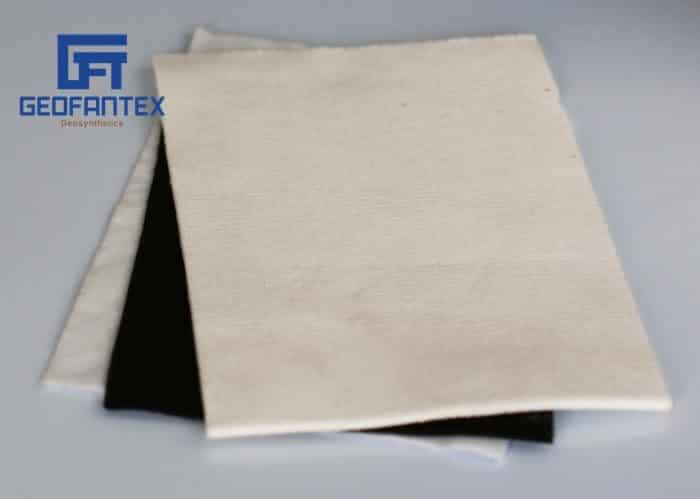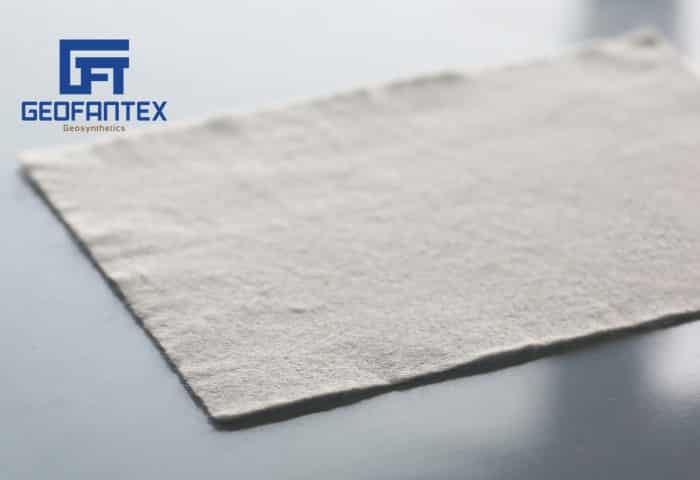+86-159 9860 6917
info@geofantex.com
geofantex@gmail.com
+86-400-8266163-44899
Heavyweight geotextile fabric stands as a cornerstone in modern infrastructure projects, offering unparalleled strength and resilience. Engineered with robust materials and a higher mass per unit area, this fabric category delivers exceptional reinforcement, ensuring longevity and stability in diverse engineering applications. From road construction to erosion control and beyond, heavyweight geotextile fabric serves as a reliable solution, fortifying structures against intense loads and harsh environmental conditions. Discover how this formidable material elevates the standards of durability and strength in engineering endeavors, ensuring reliability and sustainability in critical infrastructure projects.
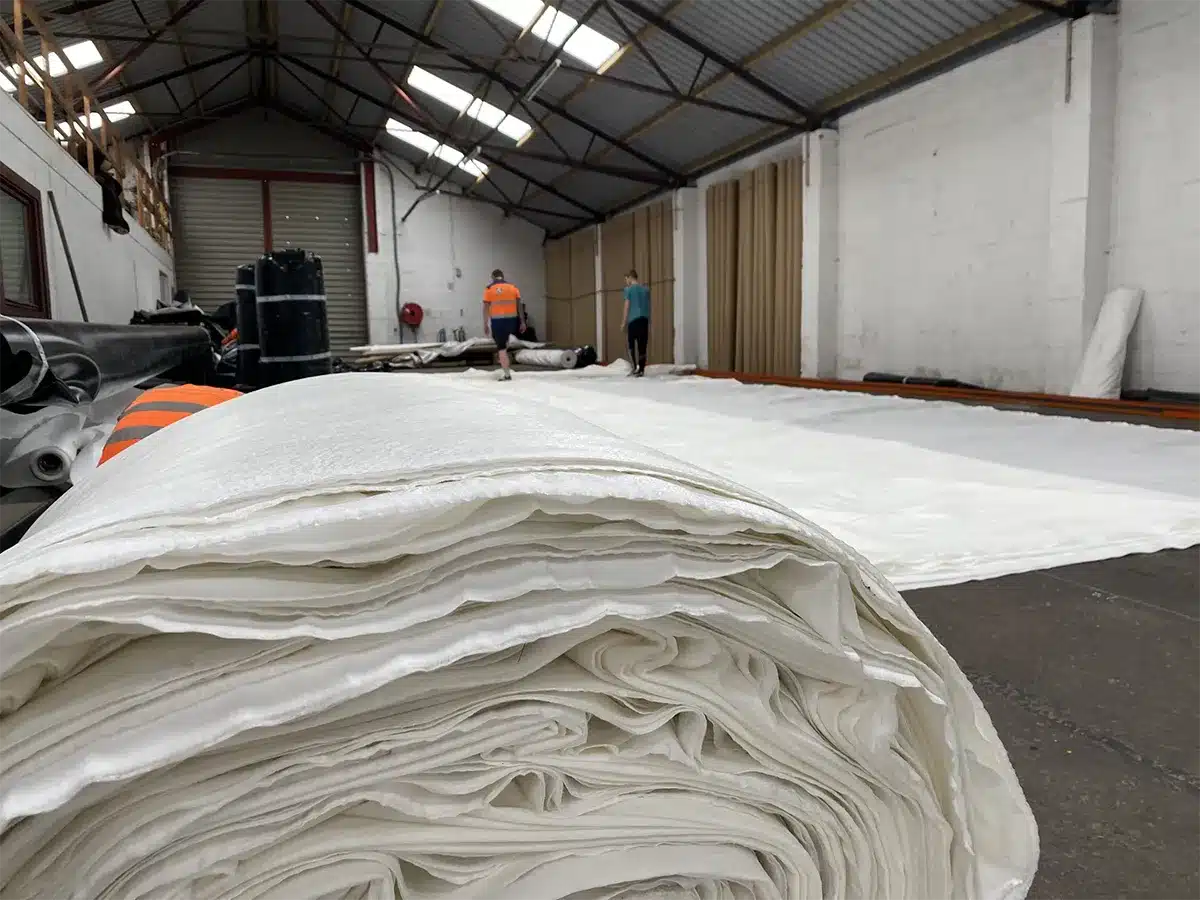
What is the strongest geotextile?
The strongest geotextile fabrics are typically heavyweight woven geotextiles made from high-tenacity synthetic materials such as polypropylene (PP) or polyester (PET). These fabrics are specifically engineered to deliver exceptional tensile strength, durability, and dimensional stability, making them the top choice for applications involving high load-bearing capacity, reinforcement, and subgrade stabilization.
Key Characteristics of the Strongest Geotextiles:
- Woven Construction: Woven geotextiles are made by interlacing yarns in two directions, resulting in high tensile strength, especially in both the machine and cross-machine directions.
- High-Tenacity Fibers: Premium woven geotextiles use high-modulus polypropylene or polyester fibers that can resist deformation under extreme stress.
- High Tensile Strength: Strength ratings can exceed 100–200 kN/m, depending on the product grade, making them suitable for base reinforcement, embankments, and retaining structures.
- Low Elongation: These materials maintain their shape under pressure, providing consistent reinforcement across the service life of the structure.
- High Resistance to Environmental Factors: Including UV exposure, chemical degradation, and microbial attack.
Applications Requiring the Strongest Geotextiles:
- Reinforcement of retaining walls and embankments
- Heavy-duty road base stabilization
- Load support for port terminals, container yards, and airports
- Subgrade separation over weak or saturated soils
- Long-term reinforcement in landfill capping and containment
If your project involves high stress, significant traffic loads, or unstable subgrade conditions, using a heavyweight woven geotextile is highly recommended. For tailored strength ratings and certified product specifications, consult with Geofantex’s technical team.
What are the different weights of geotextile fabric?
Geotextile fabrics come in a variety of weights, which are usually expressed in grams per square meter (gsm) or ounces per square yard (oz/yd²). The weight reflects the fabric’s thickness and durability — heavier geotextiles tend to be stronger and more durable.
Common Weight Ranges of Geotextile Fabric
| Weight (gsm) | Approx. Weight (oz/yd²) | Typical Applications |
|---|---|---|
| 80–120 gsm | 2.5–3.5 oz/yd² | Light drainage, filtration, landscaping |
| 120–200 gsm | 3.5–6 oz/yd² | Soil stabilization, erosion control |
| 200–400 gsm | 6–12 oz/yd² | Road base reinforcement, heavy drainage |
| 400–600+ gsm | 12+ oz/yd² | Heavy-duty reinforcement, retaining walls |
Notes:
- Lighter geotextiles (below 150 gsm) are often used for separation and filtration.
- Medium weights (150–300 gsm) suit stabilization and erosion control.
- Heavyweights (300+ gsm) are used where high strength and durability are critical.

How thick is geotextile fabric?
Geotextile fabrics are used in a wide range of applications including construction, landscaping, and environmental projects. The thickness of geotextile fabric varies depending on its type and intended purpose. Below is an overview of the typical thickness ranges for woven and non-woven geotextiles, as well as factors that influence the choice of thickness.
| Filtration, drainage, erosion control, and landfills | Thickness Range (mm) | Typical Applications | Influencing Factors |
|---|---|---|---|
| Woven Geotextile | 0.1 – 0.5 | Reinforcement, stabilization, roadbeds, railways | Load-bearing, soil type |
| Non-Woven Geotextile | 0.5 – 5 | Erosion control, vegetation support, and temporary use | Drainage, soil composition |
| Biodegradable Geotextile | 0.2 – 1 | Erosion control, vegetation support, temporary use | Erosion control, biodegradability |
| Composite Geotextile | 0.3 – 2 | Combined filtration, drainage, reinforcement | Load distribution, drainage, tensile strength |
The choice of thickness depends on project-specific needs such as drainage, load-bearing, and soil conditions. Thicker geotextiles provide more strength and better filtration but may be more expensive, so the ideal thickness is often a balance of these factors.
What fabric weight is considered heavy?
- Measurement Units: typically expressed in grams per square meter (GSM) or ounces per square yard (oz/yd²)
- Threshold: fabrics over 10 oz/yd² (≈280 GSM) are generally considered heavy
- Durability: heavier fabrics resist abrasion, tearing, and wear, offering long-term performance
- Applications: used for high-strength needs such as outdoor gear, upholstery, workwear, and heavy-duty geotextiles
- Trade-offs: heavy fabrics may be less flexible and breathable compared to lighter fabrics
Heavyweight geotextile fabrics provide superior strength and resilience, making them ideal for engineering applications that demand durability, load-bearing capacity, and long-lasting stability.
Heavyweight geotextile fabrics, with their formidable strength and durability, serve as fundamental components in various engineering projects. Understanding their weight, thickness, and strength characteristics aids engineers and project managers in selecting the most suitable fabric for optimal performance and longevity in their applications.
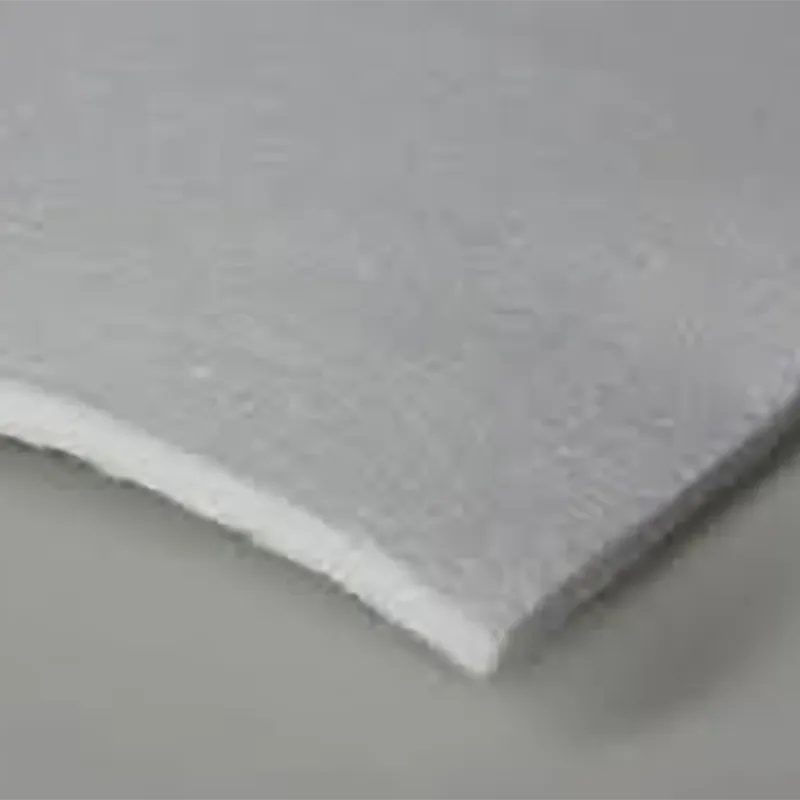
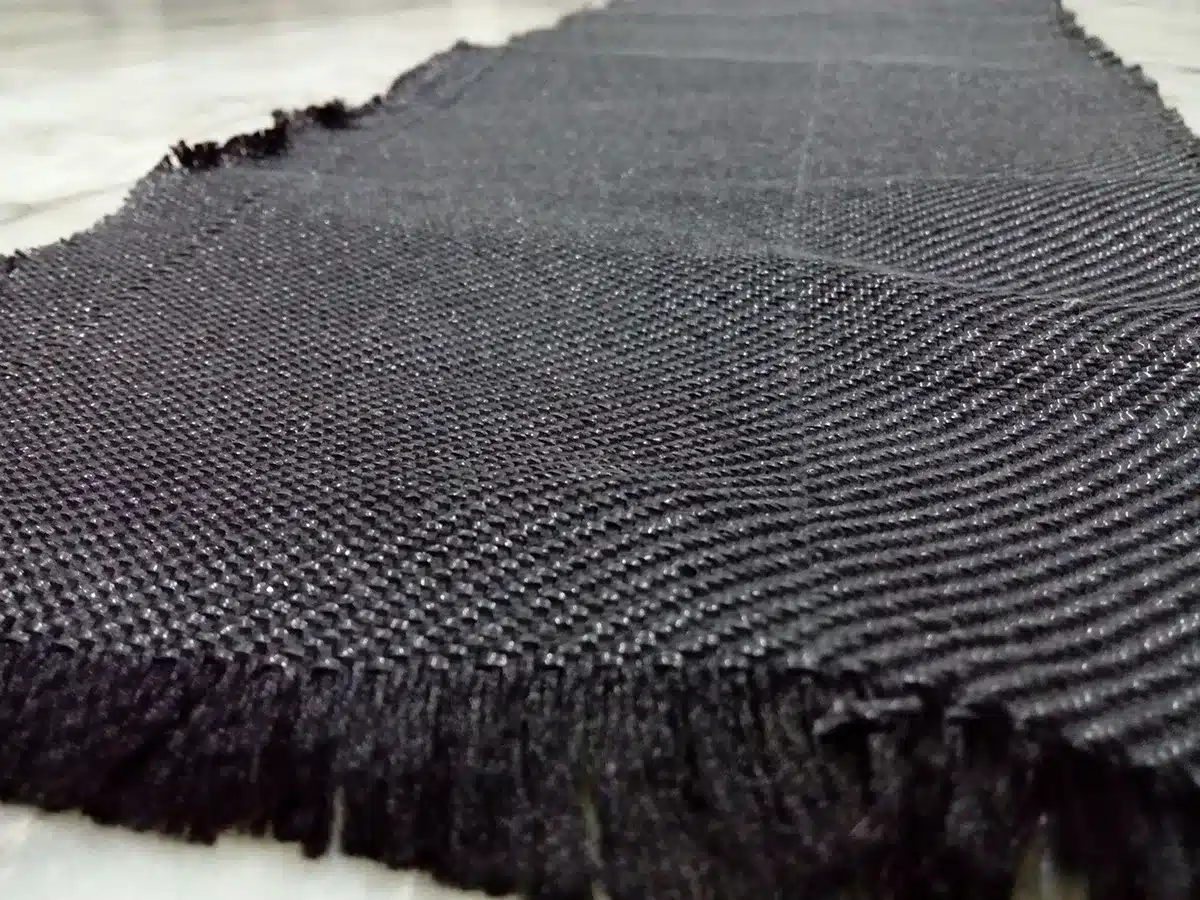

Get Free Sample
We’ll respond as soon as possible(within 12 hours)


